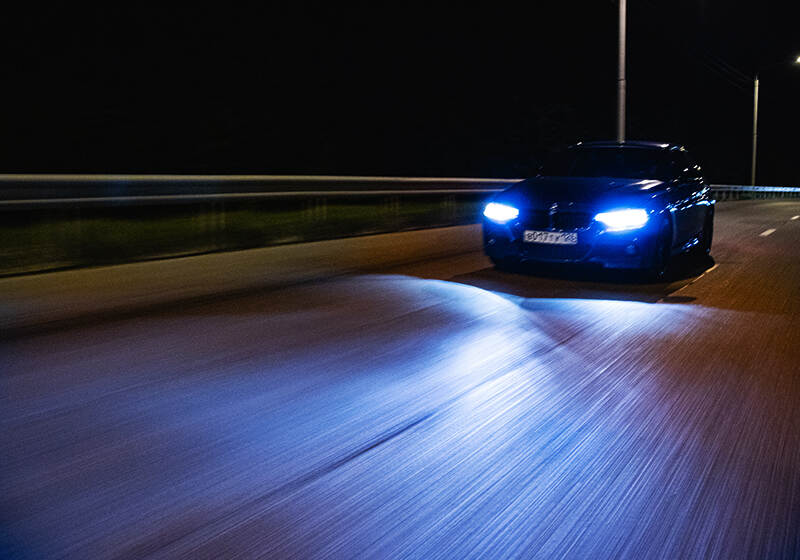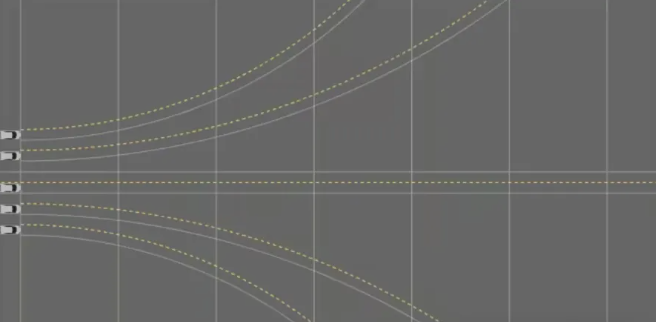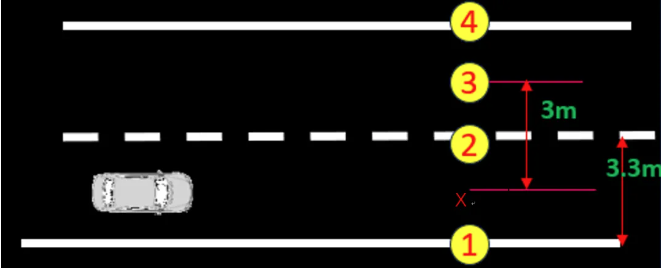Email format error
Email cannot be empty
Email already exists
6-20 characters(letters plus numbers only)
The password is inconsistent
Email format error
Email cannot be empty
Email does not exist
6-20 characters(letters plus numbers only)
The password is inconsistent


What are the IIHS lighting test standards?
IIHS stands for Insurance Institute for Highway Safety. According to IIHS research reports, half of serious car accidents occur at night, and a quarter of them occur on unlit roads. Poor night vision, fatigue driving and other factors are all causes of accidents. If the headlights cannot provide good lighting effects, the probability of accidents will increase.
1. Night lighting, evaluate the lighting effect of the vehicle's headlights under different road conditions, including the brightness and coverage of high beam and low beam lighting. The test also includes the lighting effect of the vehicle at different speeds, as well as its performance under various road curvatures and ups and downs.
2. Brake lights, evaluate the brightness and reaction speed of the vehicle's brake lights to ensure that other drivers can notice and respond in time in emergency braking situations.
3. Curve lighting, evaluate whether the vehicle is equipped with an effective curve lighting system to improve visibility of road edges and obstacles when driving at night.
4. Automatic high and low beam switching system, evaluate whether the vehicle is equipped with a system that automatically switches between high beam and low beam, and test its effect when driving at night.
Different from the national standard, the static tests of China's CNCAP and Europe's ENCAP, after the headlights that meet the standards are installed on the whole vehicle, will cause deviations in lighting effects due to factors such as installation position and dimming accuracy. In actual use, the vehicle is in a moving state. Due to the influence of road surface, weather, and vehicle posture, the actual lighting effect of the headlights is difficult to be well reflected. IIHS believes that in order to improve road traffic safety and promote enterprise technological progress, it is necessary to conduct more objective and realistic testing and evaluation of the overall performance of headlights on top of the existing regulatory standards. Therefore, the Insurance Institute for Highway Safety (IIHS) of the United States released the evaluation procedures for automobile headlights in August 2015 [6]. The difference is that IIHS uses a dynamic test method. In order to eliminate the influence of vehicle suspension differences and ensure the repeatability of test results in different environments, different locations and other facilities, this method processes and corrects the data deviation caused by changes in vehicle pitch angle during post-processing. Since 2016, IIHS has completed the evaluation of dozens of models. From the test results, the excellent rate has increased year by year, indicating that this evaluation mechanism has played a positive role in improving the performance of automobile headlights.
IIHS engineers measure the range of a vehicle's headlights while the vehicle is traveling in a straight line and on a curve. Sensors on the track measure how far the light extends from the vehicle at an intensity of at least 5 lux. Lux is a unit of illumination, or the amount of light falling on a surface. By comparison, on a cloudless night, a full moon illuminates the ground below to about 1 lux.
Follow the prescribed route to complete the above five operating conditions and pass through the middle of the light tester. Drive once with both high and low beams. The light tester analyzes the brightness, width, and distance of the light. Finally, it is summarized on the computer and output into a chart for rating. As shown below.

(The following is the distance, the yellow dotted line is the driving route, and the gray solid line is the test line of the light)
Readings are taken at 10 inches from the ground to obtain visibility and 3 feet 7 inches from the ground to obtain glare.
At 10 inches (25cm) from the ground, it is used to test the illuminance value, and at 3 feet 7 inches (110cm) from the ground, the glare value is measured.
When turning, the visible illuminance is measured at points 1 and 2, which correspond to the left and right edges of the 3.3 m wide driving lane. In straight driving conditions, the visibility illuminance is measured at points 1 and 4, which correspond to the left and right edges of the 6.6 m wide road. In all five conditions, the glare illuminance is measured at point 3, which corresponds to a point 3 meters to the left of the center of the test vehicle lane on the oncoming driving lane. As shown below

Among them, 1, 2, and 4 are used to measure illumination, and the measuring sensor is located 25 cm from the ground. 3 is used to measure glare value, and the measuring sensor is located 110 cm from the ground. X is the headlight measurement system.

